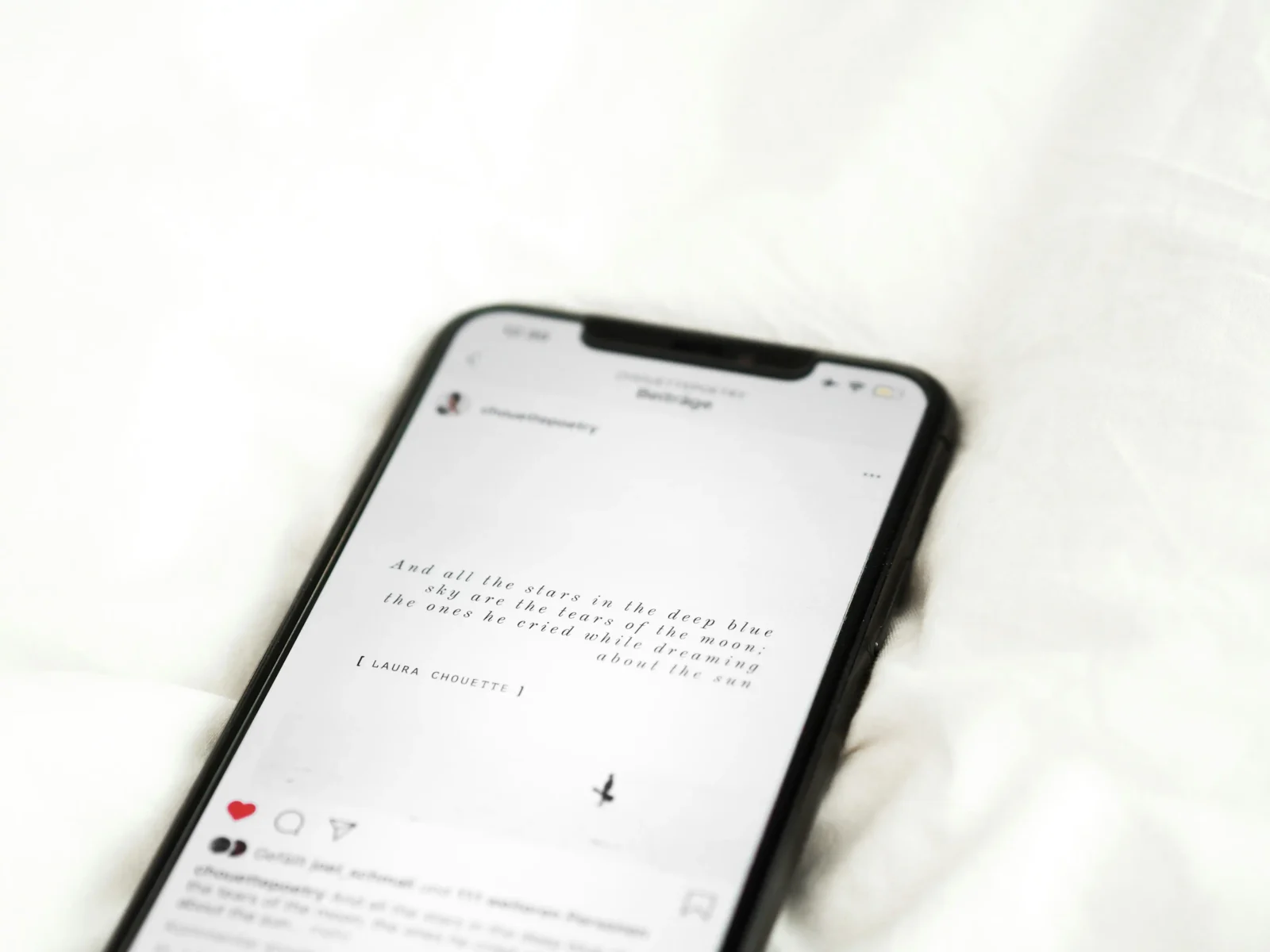- Home
- Articles
- Architectural Portfolio
- Architectral Presentation
- Inspirational Stories
- Architecture News
- Visualization
- BIM Industry
- Facade Design
- Parametric Design
- Career
- Landscape Architecture
- Construction
- Artificial Intelligence
- Sketching
- Design Softwares
- Diagrams
- Writing
- Architectural Tips
- Sustainability
- Courses
- Concept
- Technology
- History & Heritage
- Future of Architecture
- Guides & How-To
- Art & Culture
- Projects
- Interior Design
- Competitions
- Jobs
- Store
- Tools
- More
- Home
- Articles
- Architectural Portfolio
- Architectral Presentation
- Inspirational Stories
- Architecture News
- Visualization
- BIM Industry
- Facade Design
- Parametric Design
- Career
- Landscape Architecture
- Construction
- Artificial Intelligence
- Sketching
- Design Softwares
- Diagrams
- Writing
- Architectural Tips
- Sustainability
- Courses
- Concept
- Technology
- History & Heritage
- Future of Architecture
- Guides & How-To
- Art & Culture
- Projects
- Interior Design
- Competitions
- Jobs
- Store
- Tools
- More
Employer Liability and Smartphones: When Work Texts Cause Crashes

In today’s connected world, it’s nearly impossible to separate work from daily life — even behind the wheel. Many employees feel pressure to respond instantly to calls, emails, or texts from their bosses or coworkers. But when that message arrives while someone is driving, the results can be devastating. Texting and driving remain one of the leading causes of road fatalities, and when work-related communication triggers a crash, the employer may share responsibility.
Under certain circumstances, businesses can be held legally liable if an employee causes a crash while performing job duties or responding to work-related communications. Determining fault in these cases can be complex, which is why consulting an experienced accident attorney in Seattle, WA, is crucial for victims seeking justice. Understanding how employer liability works — and how smartphone use blurs the lines between work and personal responsibility — can help victims and employers alike navigate this growing legal challenge.
Table of Contents
ToggleThe Legal Concept of “Vicarious Liability”
At the heart of employer-related crash cases lies the doctrine of vicarious liability, also known as respondeat superior. This principle holds employers legally responsible for their employees’ actions when those actions occur within the scope of employment. That means if an employee is performing work-related tasks — such as making deliveries, commuting for business purposes, or responding to work messages — the company may be liable for any harm caused.
For example, if a sales representative checks a message from their supervisor while driving to a client meeting and causes a collision, the employer could share liability for resulting damages. Courts evaluate whether the employee’s actions benefited the employer at the time of the crash, which can include something as simple as answering a work-related text.

Smartphones and the Expanding Scope of Work
The widespread use of smartphones has blurred the boundary between personal and professional time. Employees are now expected to remain accessible after hours, responding to messages and emails wherever they are — even while driving. This cultural expectation has opened a new legal gray area for employer liability.
If a company fosters an environment where employees feel obligated to respond to messages immediately — regardless of time or location — the employer could be found negligent. Courts may consider whether management encouraged or failed to discourage phone use while driving, especially if company policies on distracted driving are unclear or unenforced.
Real-World Cases Highlighting Employer Accountability
Several court cases have set precedents for employer liability in smartphone-related crashes. In one notable case, a company was held liable when an employee caused a fatal accident while talking on a hands-free device with a client. The court found that the call was work-related and occurred during business hours, making the employer partially responsible for the tragedy.
In another example, a texting supervisor caused a crash involving an employee who felt pressured to respond immediately. The court determined that the supervisor’s actions contributed directly to the collision, placing the employer at fault for failing to maintain a safe working environment. These cases highlight a growing trend: as technology connects us more closely, it also increases corporate accountability for employee behavior.
Negligent Training and Policy Failures
Employers have a duty to train their workers and establish clear safety policies regarding smartphone use. When businesses fail to do so, they risk being accused of negligent training or negligent supervision. This means that even if an employee technically violates company policy, the employer could still be held liable if they didn’t adequately enforce those rules or failed to provide training on the dangers of distracted driving.
Strong workplace policies — such as banning phone use while operating company vehicles or requiring “do not disturb” settings while driving — can protect both employees and employers. However, policies are only effective if they’re consistently applied, communicated, and documented.
How Investigators Prove Employer Responsibility
In accidents involving work-related smartphone use, determining liability often requires a digital paper trail. Investigators and attorneys may examine:
- Phone records: To verify if calls, texts, or emails occurred around the time of the crash.
- Work schedules and logs: To confirm whether the employee was on duty or performing job-related tasks.
- Company policies: To assess whether the employer provided guidance or contributed to unsafe expectations.
- Internal communications: Such as messages or directives that pressured employees to respond while driving.
This evidence helps establish whether the employee was acting within the scope of employment or if company practices contributed to the collision.
Preventing Liability: What Employers Should Do
Employers can significantly reduce their risk of liability by implementing clear, enforceable distracted driving policies. Best practices include:

- Establishing written rules: Ban all texting, emailing, or phone calls while driving — even hands-free.
- Using technology to block communication: Encourage or require “driving mode” features that silence notifications during travel.
- Providing training: Educate employees about the risks and consequences of distracted driving.
- Setting expectations: Make it clear that no call or message is worth risking safety.
- Leading by example: Management should model responsible behavior to reinforce the importance of safety compliance.
A culture that prioritizes safety over constant connectivity not only protects employees but also shields employers from legal exposure.
When Employers and Technology Collide
The rapid pace of digital communication has created an environment where responsibility is shared between employees and their employers. Workers may bear personal fault for using their phones while driving, but if workplace expectations or practices contributed to that behavior, the employer may share legal responsibility.
As these cases become more common, courts continue to refine the boundaries of liability in the digital age. Employers who fail to adapt to these realities risk not only costly lawsuits but also damage to their reputations.
Protecting Victims Through Accountability
For victims of crashes caused by distracted employees, accountability matters. Holding both drivers and their employers responsible ensures that victims receive the compensation they deserve for medical expenses, lost wages, and emotional trauma. An experienced accident attorney in Seattle can investigate whether employer negligence or company policy contributed to the crash and pursue justice on behalf of those affected.
Technology has changed how we work — and how we drive. As smartphones blur the line between personal and professional responsibility, one thing remains clear: no text, call, or email is worth a life. True accountability means creating a culture where safety always comes before convenience.
illustrarch is your daily dose of architecture. Leading community designed for all lovers of illustration and #drawing.
Submit your architectural projects
Follow these steps for submission your project. Submission FormLatest Posts
The Ultimate Guide to Fencing in North Dakota: Choosing the Best Fence for Your Property
Watching a chain link fence twist in 70 mph winds near Minot...
Gaudí: Where Architecture Meets Science
Gaudí: Where Architecture Meets Science shows catenary arches, ruled surfaces, and biomimicry...
How Housing Market Forces Shape Architectural Design Today
Architecture never exists in isolation. Buildings rise from a mix of ambition,...
Why Portable Formaldehyde Gas Detectors Matter on Construction Sites
As construction practices shift toward more enclosed and material-intensive environments, the risk...












Leave a comment